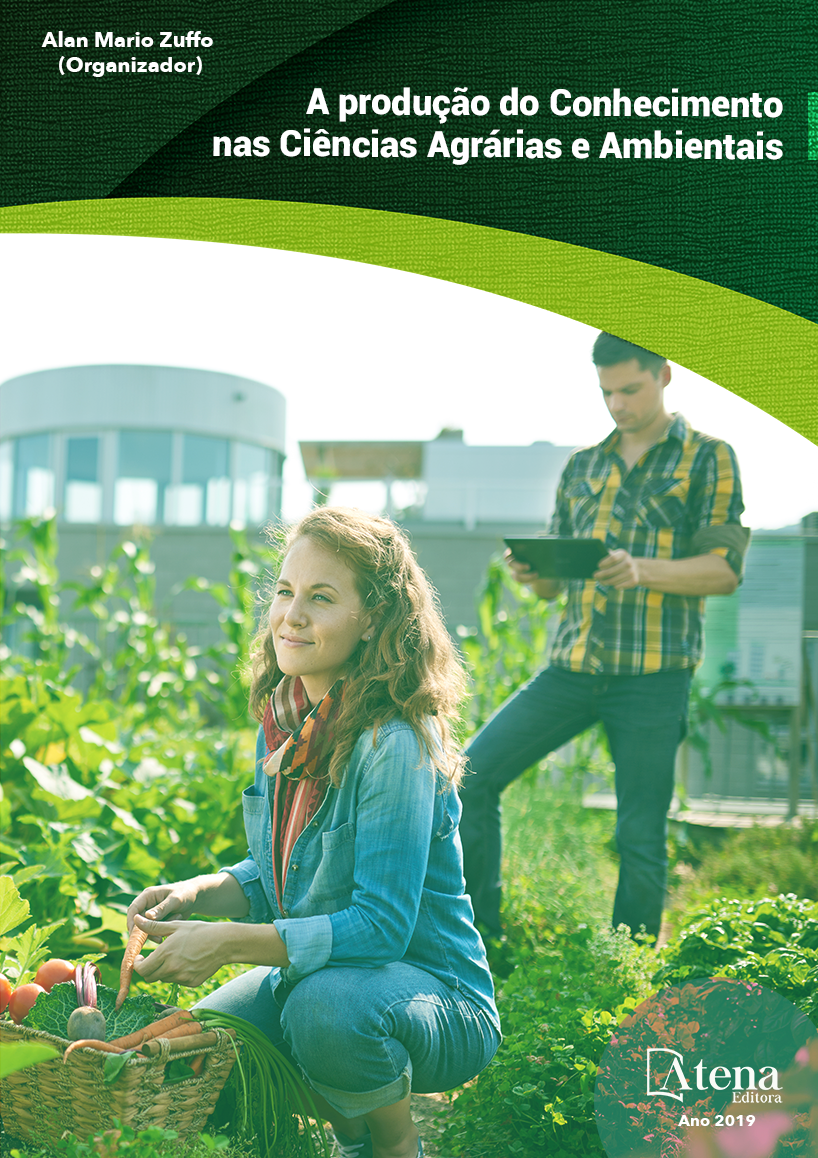
AVALIAÇÃO DAS CARACTERISTICAS DO MÚSCULO DE TAINHA (Mugil liza) PROVENIENTE DE CRIAÇÃO E DE CAPTURA
O objetivo do presente estudo foi
determinar as características apresentados
em filés de tainha (Mugil liza) oriundos de
cultivo e do ambiente como forma de verificar
se ocorre distinção na composição e na
qualidade do músculo desses animais. Os
espécimes utilizados são oriundos da pesca
na Praia do Cassino, no Sul do Brasil, e do
cultivo na Estação Marinha de Aquicultura.
Os animais foram filetados, embalados e
armazenados sob temperatura de refrigeração
de 2±1ºC. As amostras foram submetidas a
analises de composição proximal, rendimento
de músculo, pH, textura e cor. A amostra de
tainha proveniente do cultivo apresentou maior
rendimento de filé (30,78%), enquanto, a da
pesca obteve melhores resultados de cor. Os
valores de pH permaneceram abaixo do limite
máximo estipulado pela legislação, entre 5,92
e 6,34. Não houve diferença significativa nos
teores de proteína e lipídeos entre as amostras.
O mesmo comportamento foi observado na
textura. A partir das análises de composição
proximal e física, pode-se concluir que os
exemplares de tainha proveniente de captura
apresentaram resultados satisfatórios em
comparação a de cultivo
AVALIAÇÃO DAS CARACTERISTICAS DO MÚSCULO DE TAINHA (Mugil liza) PROVENIENTE DE CRIAÇÃO E DE CAPTURA
-
DOI: 10.22533/at.ed.84519260418
-
Palavras-chave: Pescado, Composição, Qualidade.
-
Keywords: Seafood, Composition, Quality.
-
Abstract:
The aim of present work was
to determine the characteristics presented
in fillets of mullet (Mugil liza) originating from
culture and the environment as a way to verify
if there is a distinction in the composition and
quality of the muscle of these animals. The
specimens used come from fishing at Praia
do Cassino in Southern Brazil, and from the
Aquaculture Marine Station. The animals were
filleted, packed and stored under refrigeration
temperature of 2 ± 1 ° C. The samples were
submitted to analyzes of proximal composition,
muscle yield, pH, texture and color. The sample
of mullet from the crop presented higher fillet
yield (30.78%), while the one from the fishery
obtained better color results. The pH values
remained below the maximum limit stipulated by the legislation, between 5.92 and 6.34. There was no significant difference in protein
and lipid contents between samples. The same behavior was observed in the texture.
From the analyzes of proximal and physical composition, it can be concluded that the
specimens of mullet from capture presented satisfactory results in comparison to that
of culture
-
Número de páginas: 15
- Alan Carvalho de Sousa Araújo
- Meritaine da Rocha
- Carlos Prentice-Hernández
- Carlos Prentice-Hernandez


